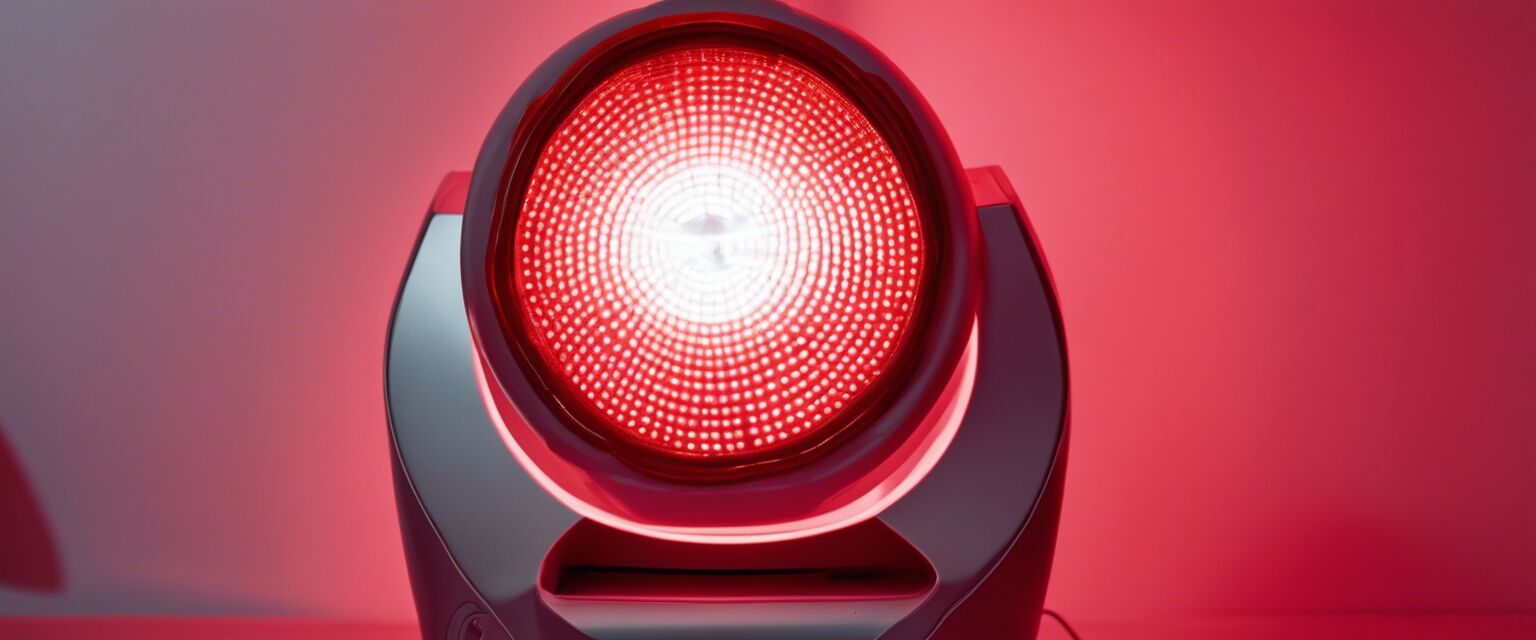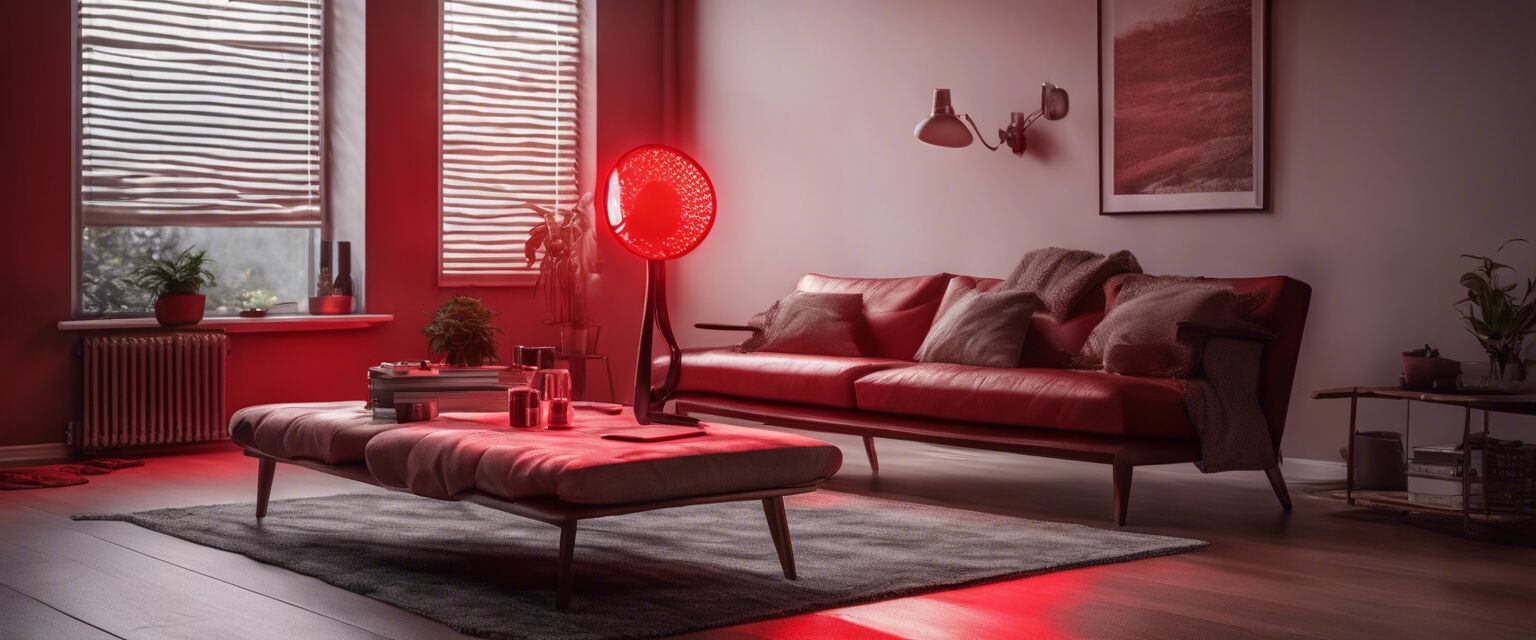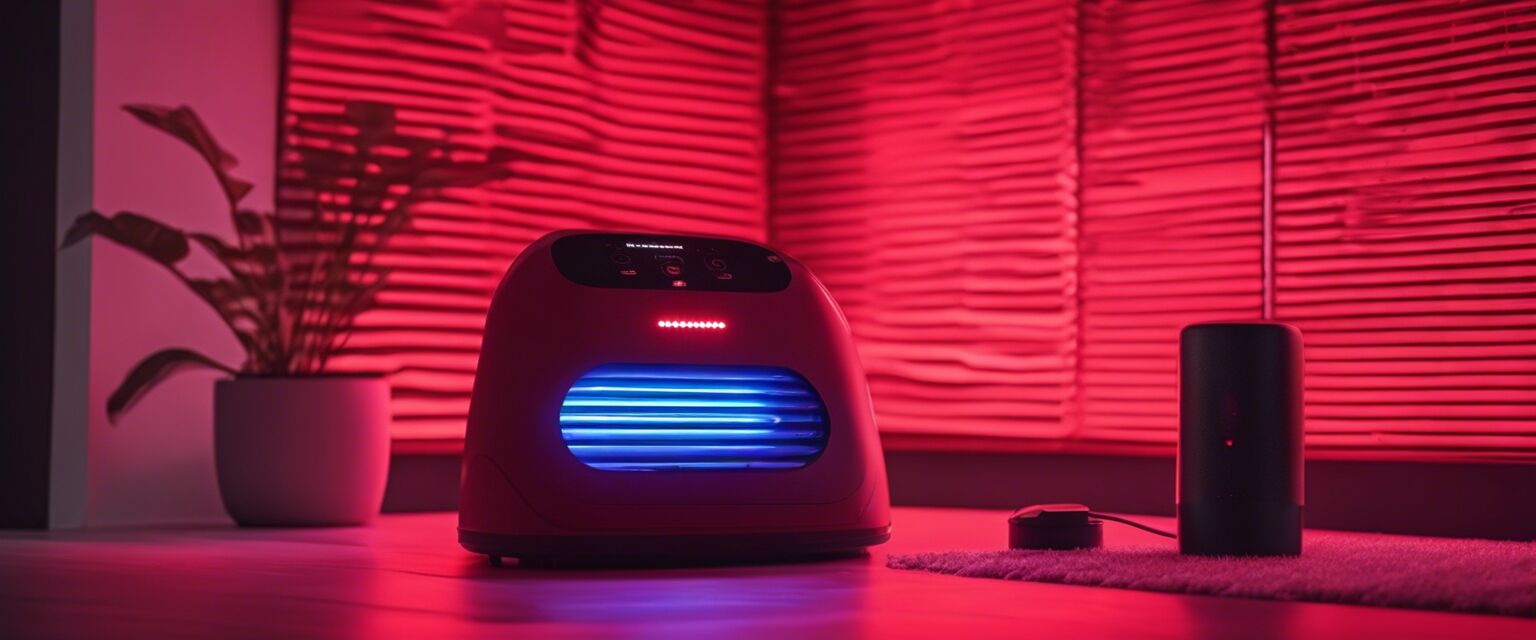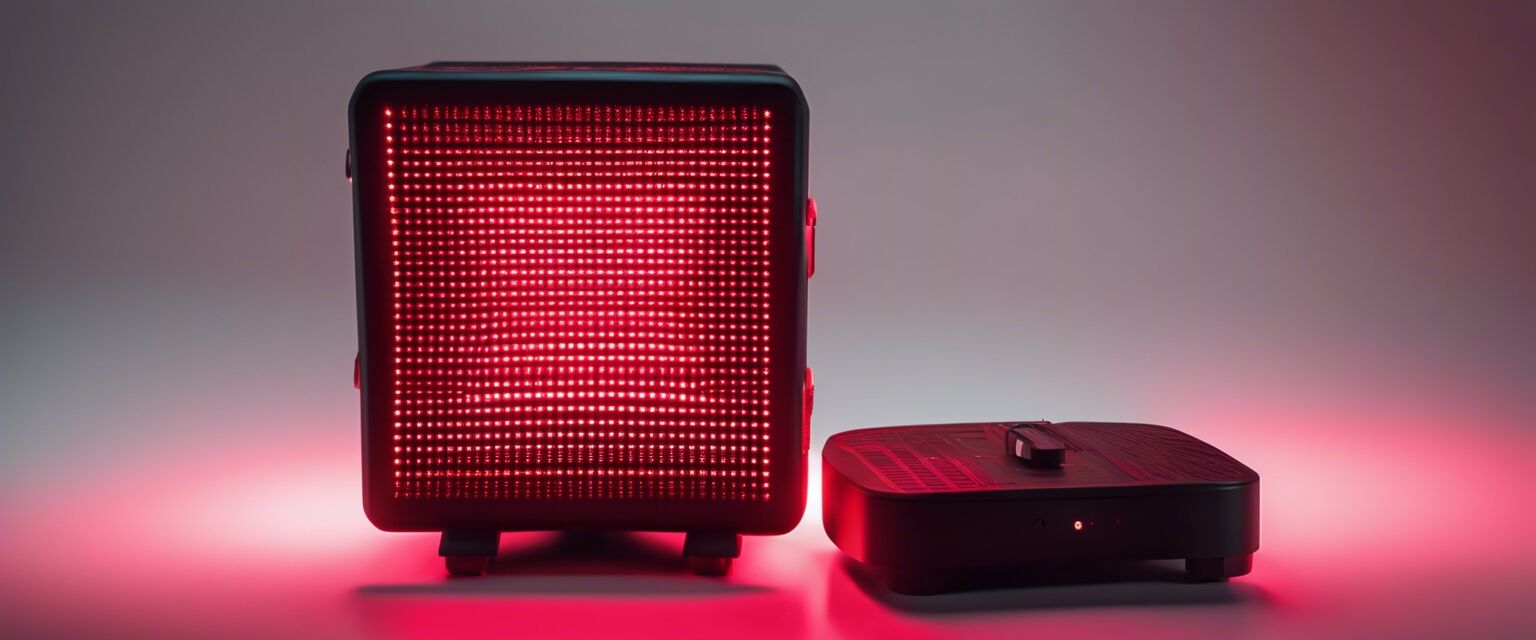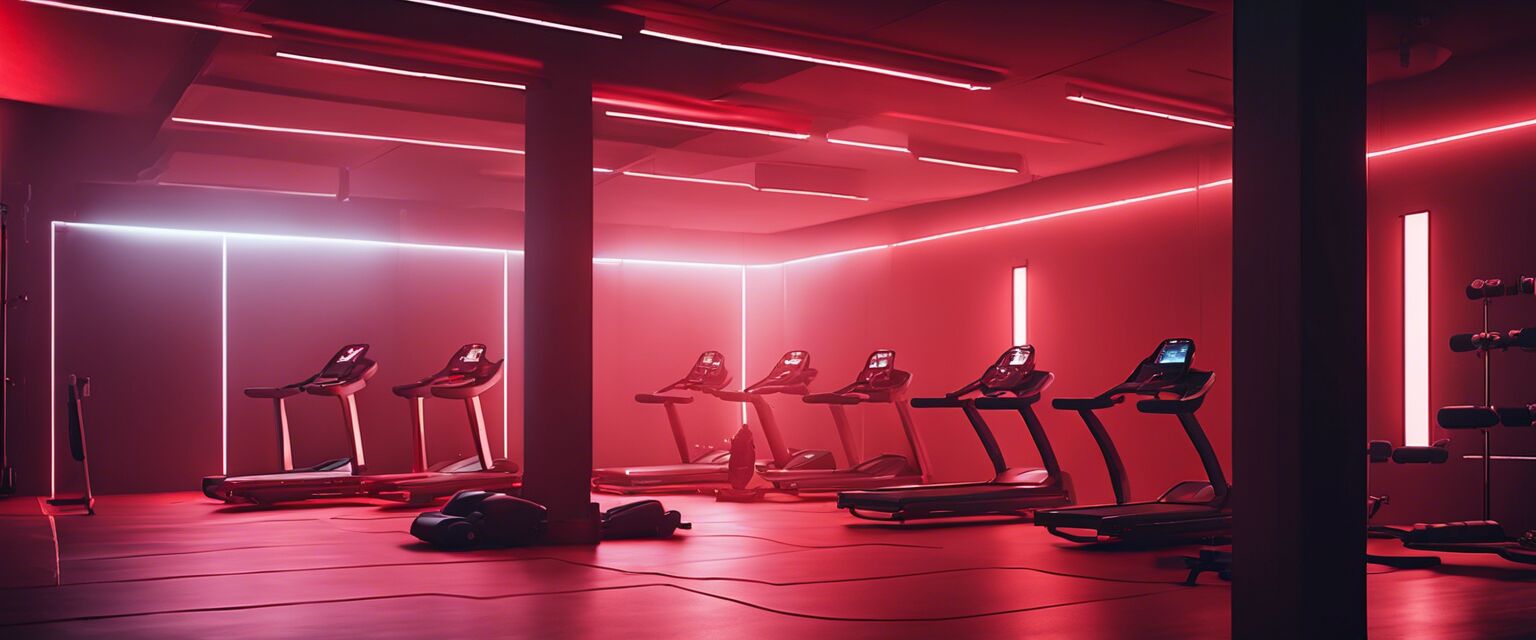
Red Light Therapy for Athletes
Key Takeaways
- Red Light Therapy (RLT) can enhance athletic performance and recovery.
- It promotes cellular energy production and reduces inflammation.
- RLT is non-invasive and can be integrated into any training regimen.
- Consult with a healthcare provider before starting any new therapy.
Red Light Therapy (RLT) has gained popularity among athletes for its potential benefits in enhancing performance and recovery. Utilizing specific wavelengths of light, RLT is believed to stimulate cellular processes that can lead to improved energy production and reduced inflammation. This article delves into the applications, benefits, and considerations of RLT for athletes.
Understanding Red Light Therapy
Red Light Therapy uses low-level wavelengths of red and near-infrared light to target tissues and cells. This therapy works at the cellular level, promoting the production of adenosine triphosphate (ATP), which is essential for energy metabolism. Hereâs a breakdown of how RLT operates:
| Component | Function |
|---|---|
| Wavelength | Red light (600-650 nm) and near-infrared light (800-950 nm) penetrate the skin effectively. |
| Cellular Energy | Stimulates ATP production, enhancing energy availability for muscle cells. |
| Inflammation | May help reduce inflammation, allowing for quicker recovery after exercise. |
Benefits of Red Light Therapy for Athletes
Incorporating RLT into an athleteâs routine can offer several potential benefits:
- Improved Recovery: Athletes often face delayed onset muscle soreness (DOMS) after intense workouts. RLT may help in accelerating recovery.
- Increased Performance: Enhanced ATP production could improve endurance and performance during training sessions or competitions.
- Reduced Inflammation: By targeting inflammation, RLT may aid in faster healing of injuries.
- Non-Invasive Treatment: RLT is a non-invasive option that can be easily integrated into existing training programs.
How to Use Red Light Therapy
Integrating RLT into your routine is straightforward. Hereâs how athletes typically use this therapy:
- Choose the Right Device: Select a device that emits the appropriate wavelengths of light.
- Determine Treatment Areas: Focus on specific muscle groups or areas that need recovery.
- Set Treatment Duration: Sessions typically last from 10 to 20 minutes, depending on the device and area treated.
- Frequency of Use: Many athletes use RLT 3-5 times a week, especially during intense training phases.
Types of Red Light Therapy Devices
Several types of RLT devices are available for athletes:
| Device Type | Description | Best For |
|---|---|---|
| Handheld Devices | Portable units ideal for targeting specific muscle areas. | Localized treatment |
| Full-Body Panels | Larger units that treat multiple areas simultaneously. | Overall recovery |
| Light Masks | Designed for facial treatment and skin recovery. | Skin health and recovery |

Considerations and Precautions
While RLT is generally safe, there are some considerations athletes should keep in mind:
- Consultation: Always consult with a healthcare provider before starting RLT, especially if you have underlying health conditions.
- Skin Sensitivity: Some individuals may experience sensitivity to light; monitor your skinâs reaction during use.
- Device Quality: Ensure you are using a reputable device that meets safety standards.
Pros
- Non-invasive therapy
- Can be used at home
- May enhance overall athletic performance
- Supports faster recovery times
Cons
- Requires consistency for best results
- Initial costs for quality devices
- Individual results may vary
Integrating Red Light Therapy into Your Routine
To maximize benefits, consider these tips for integrating RLT into your athletic routine:
Tips for Beginners
- Start with shorter sessions and gradually increase duration as your body adapts.
- Combine RLT with other recovery techniques, such as stretching and hydration.
- Track your performance and recovery to assess the effectiveness of RLT on your training.

Conclusion
Red Light Therapy holds promise as a valuable tool for athletes aiming to enhance performance and expedite recovery. By understanding how to properly use and integrate this therapy into your routine, you may unlock new levels of athletic potential. Remember to consult with professionals, choose quality devices, and monitor your body's response to achieve the best outcomes.
For more information on various fitness and recovery tools, check out our product categories.
Explore more about Red Light Therapy devices that suit your specific needs.
Looking for accessories? Visit our accessories page for useful tools.
Stay informed about the latest in innovative health gadgets to complement your training.
Lastly, donât forget to check out our pain relief products that can enhance your recovery process.

